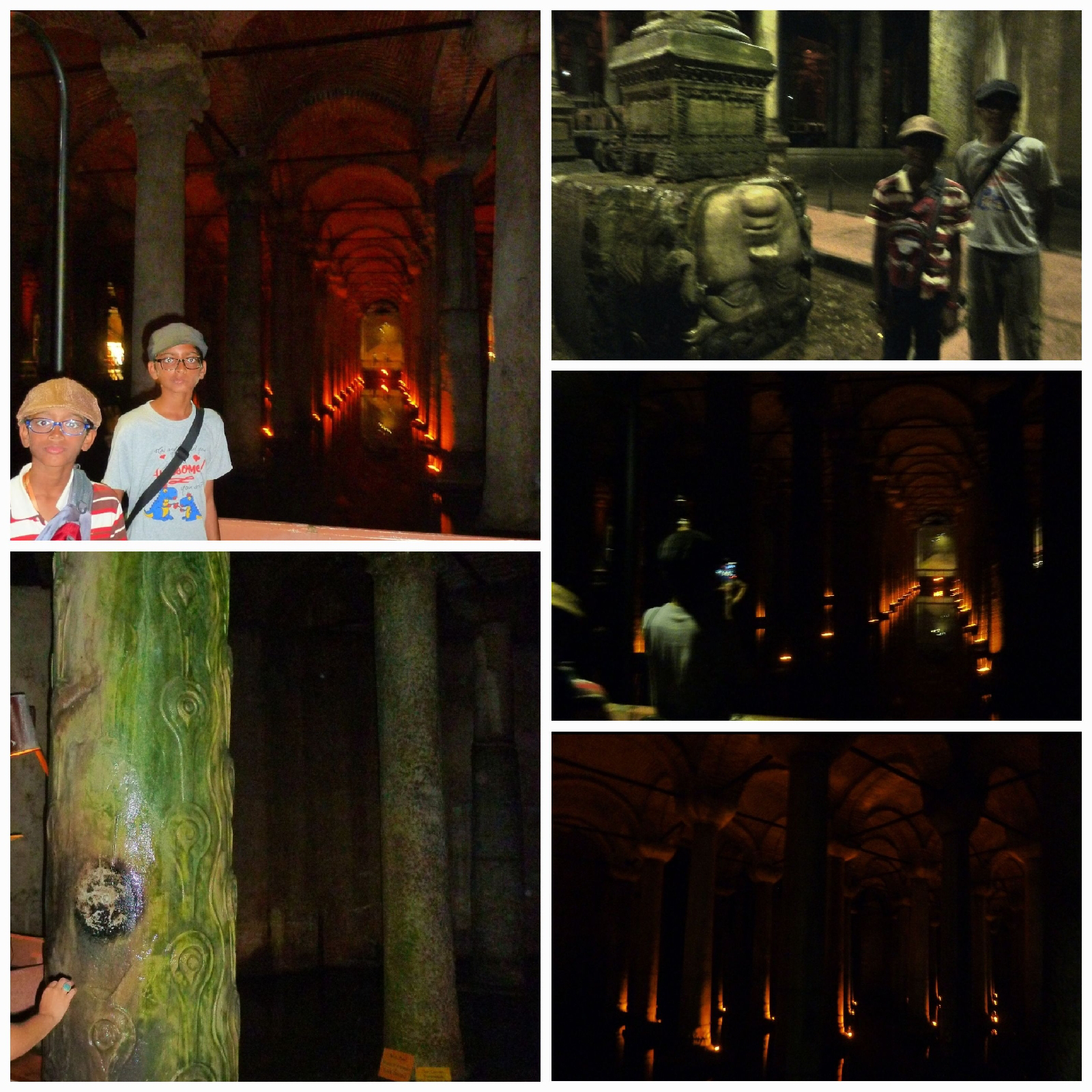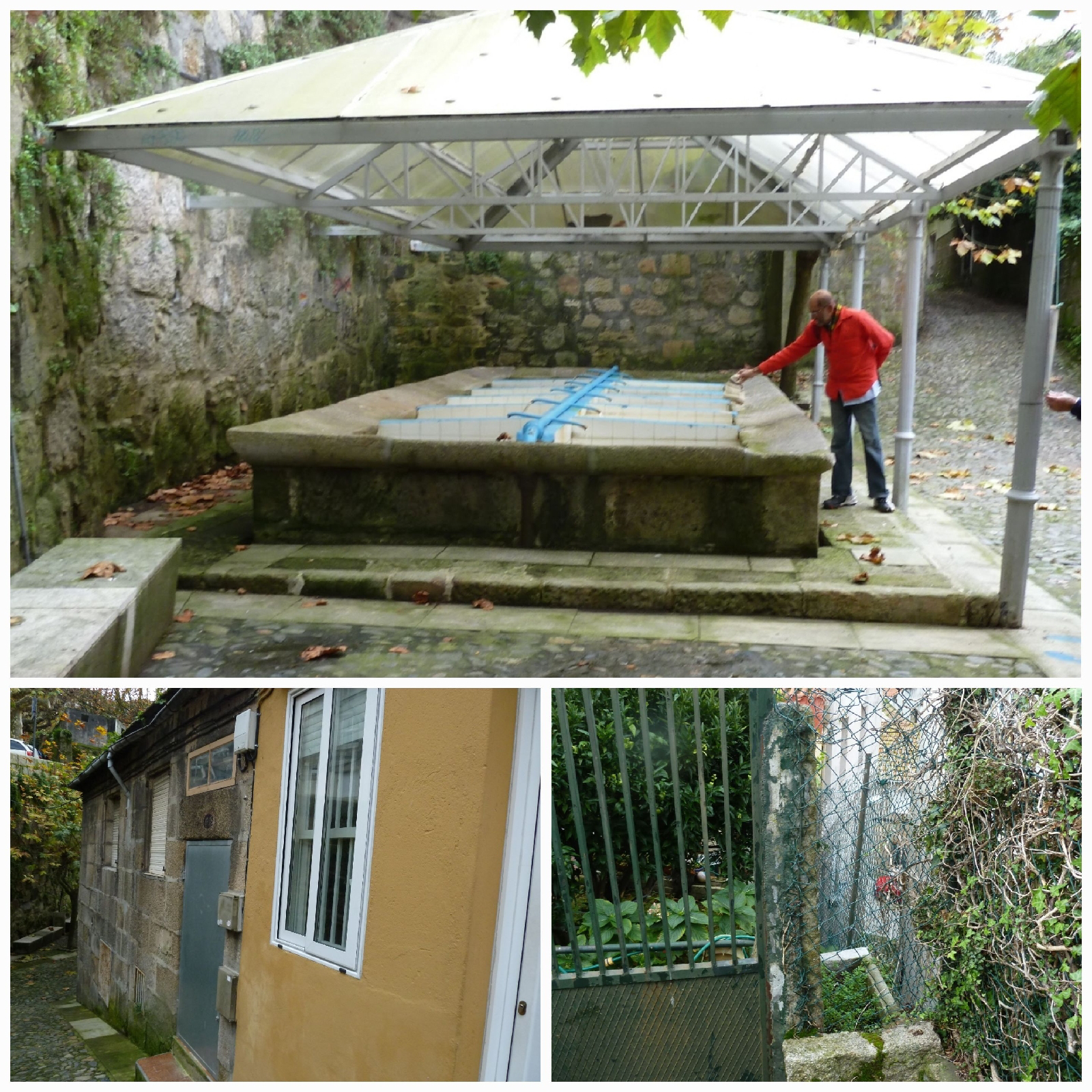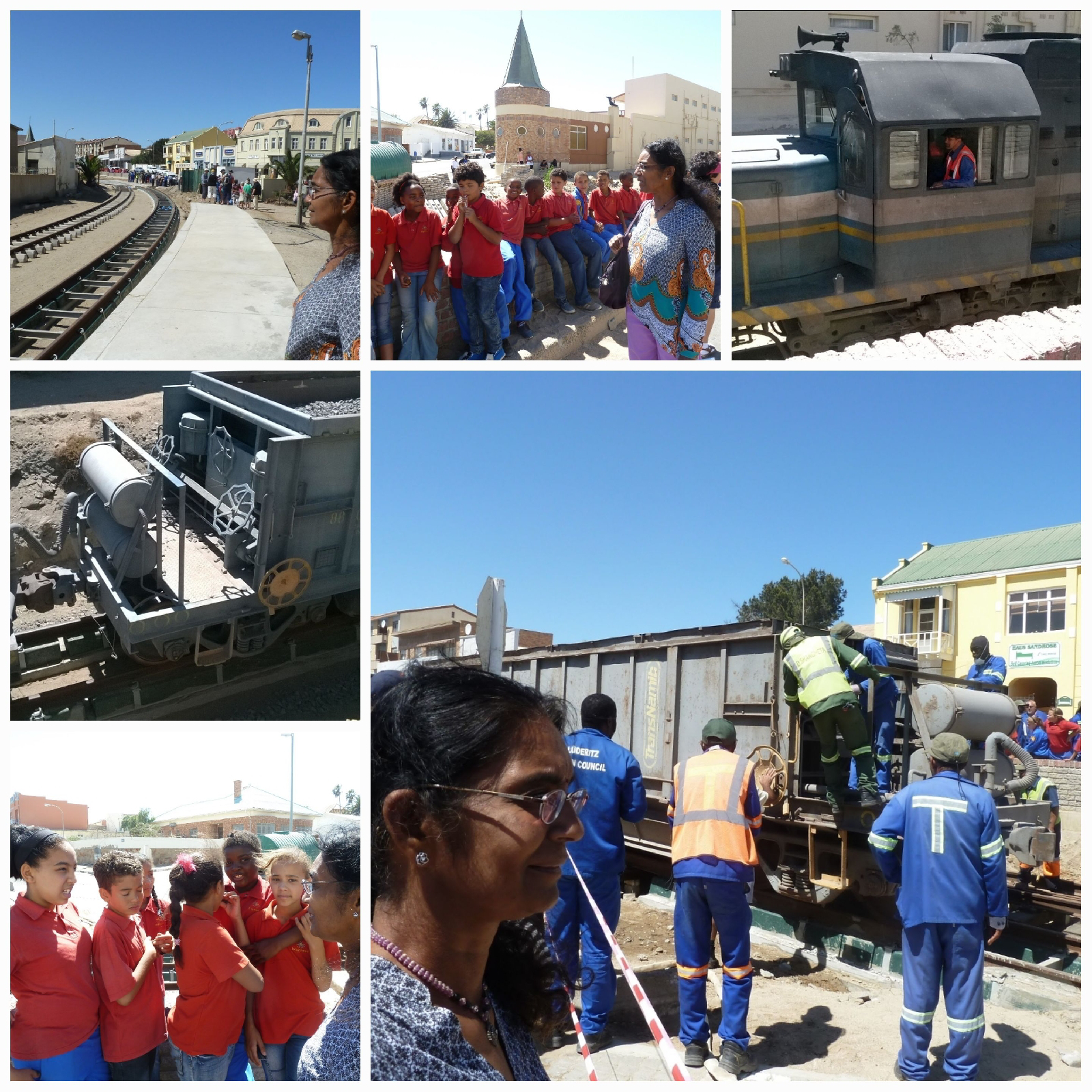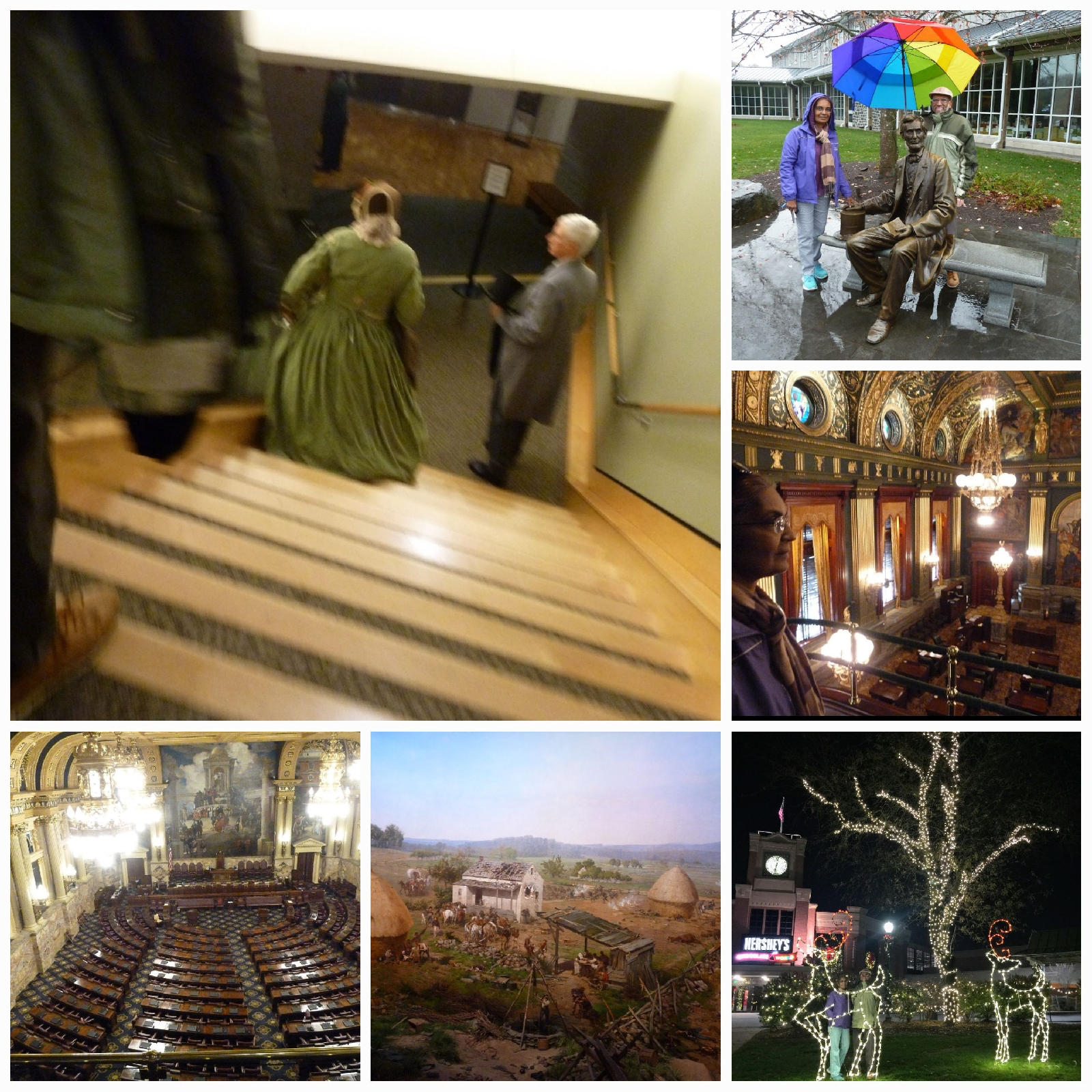Dangerous waters
We enter Suez Canal through the Isthmus of Suez from the Mediterranean, continue down the Gulf of Suez, spend a day at Sharm-al-Sheikh. a seaside town popular with the Russians, take the other arm of the Red sea up into the Gulf of Aqaba, have a day in Aqaba, Jordan, and then sail back into the Red Sea. That night we receive a note from the capain with instructions for the next two days as we sail towards Salalah, Oman.
The risk
We have been sailing through narrow channels of water and that means we may encounter pirates. The Suez Canal probably has some protection. It gets especially risky where the Red Sea meets the Gulf of Aden. We are very close to Somalia whose pirates, in small armed boats, are in the employ of pirate 'cartels'. The note tells us we will be taking precautionary measures. Modern container ships are easy prey since these ships have minimum staff and they could be easily overcome. Their goods are worth more. The hijacked ship is also their booty. Lets not get carried away here. A cruise ship like ours has a crew that is almost as equal in number as the guests. Isn't the ship too tall for the little boats? If at all pirates manage to take control of a cruise ship passengers could be held for ransom or, god forbid, may be made to "walk the plank".
Precautions
But we are not taking chances. We have to be alert. It would be lights out over both nights. The festoon of fairy tale lights typical of a cruise ship will be turned off. The curtains in our cabins are to be drawn so that not a single ray of light becomes a beacon. In some ships guests are asked to leave their cabins and stay out in the interior corridors to avoid gun shots. When we take a walk around the deck before nightfall we see the fire hose laid out all around the outside deck. Water jets would be used to deter the enemy. There are snipers on board. Apparently boats ply along these routes with security officers for hire. They hop on to the ship that hired them, do their job, and then hop off into their 'commute' boat and go on to their next assignment on yet another ship. It transpires that some ships have razor wire or spikes all around the side of the ship.
No tale to tell
We arrive in Salalah, Oman, without incident. We didn't get to experience one-legged Long John Silver and his parrot( RL Stevenson's Treasure Island) or Captain Hook ( JM Barrie's Peter Pan) . We're happy not to have encountered a modern pirate at sea. The two day vigilance is enough to etch a memory.






























